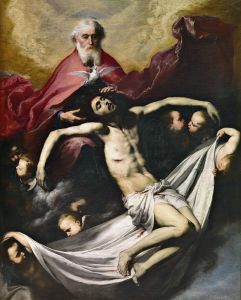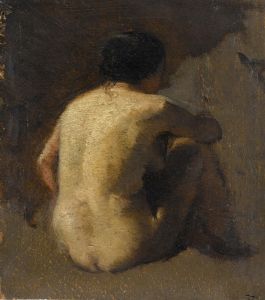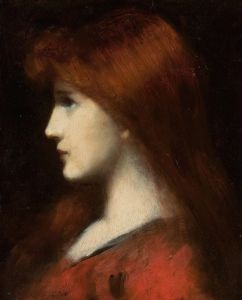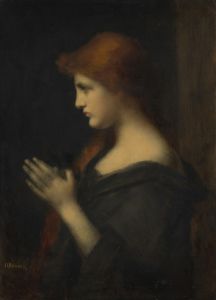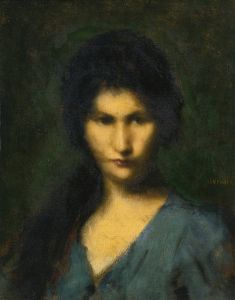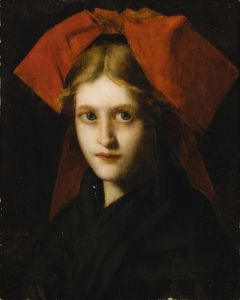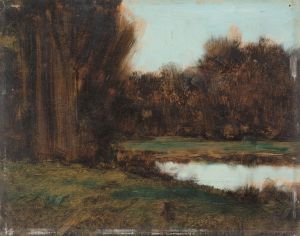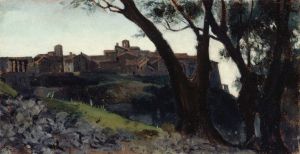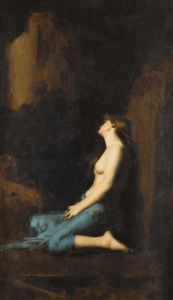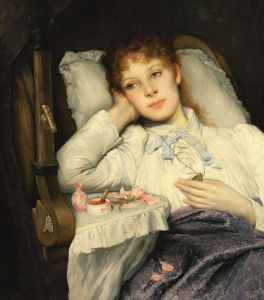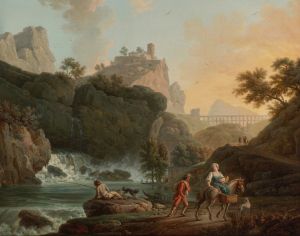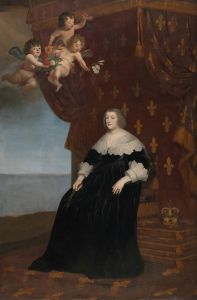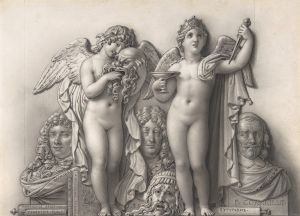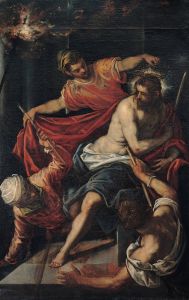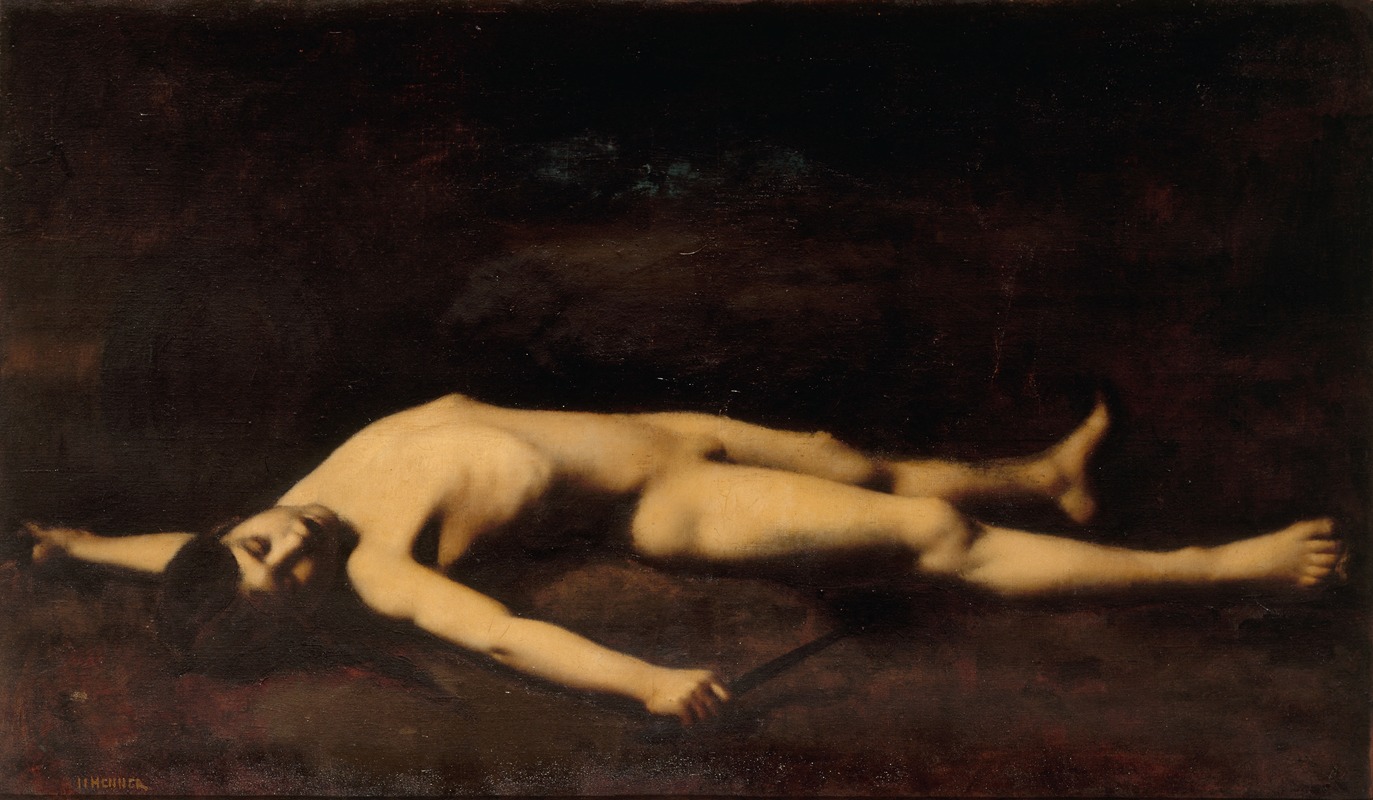
Bara
A hand-painted replica of Jean-Jacques Henner’s masterpiece Bara, meticulously crafted by professional artists to capture the true essence of the original. Each piece is created with museum-quality canvas and rare mineral pigments, carefully painted by experienced artists with delicate brushstrokes and rich, layered colors to perfectly recreate the texture of the original artwork. Unlike machine-printed reproductions, this hand-painted version brings the painting to life, infused with the artist’s emotions and skill in every stroke. Whether for personal collection or home decoration, it instantly elevates the artistic atmosphere of any space.
Jean-Jacques Henner's painting Bara is a work created in 1882 by the French academic painter, known for his mastery of portraiture and historical subjects. The painting depicts Joseph Bara (commonly referred to as Joseph Agricol Viala or simply Bara), a young boy who became a symbol of revolutionary martyrdom during the French Revolution. Bara, a drummer boy in the revolutionary army, was celebrated posthumously for his loyalty to the cause of the French Republic.
The painting portrays Bara in a dramatic and poignant manner, emphasizing his youth and vulnerability. Henner's use of chiaroscuro—a technique that contrasts light and shadow—highlights the boy's pale, lifeless body against a dark, somber background. This artistic choice enhances the emotional impact of the scene, drawing attention to Bara's sacrifice and the tragedy of his untimely death. The work reflects Henner's characteristic style, which often combined idealized forms with a sense of melancholy.
Henner's Bara was created during a period when the French Third Republic sought to revive and celebrate revolutionary ideals. Joseph Bara, though a relatively obscure historical figure, was elevated to the status of a national hero through the efforts of revolutionary leaders and later, the Republic's propagandists. His story, though partly mythologized, became a symbol of youthful patriotism and self-sacrifice. Henner's painting contributes to this narrative, presenting Bara as a martyr whose death embodies the values of liberty and republicanism.
The painting is housed in the Musée d'Orsay in Paris, France, which holds a significant collection of 19th-century art. It is considered an important example of Henner's work and a reflection of the political and cultural climate of late 19th-century France. The Musée d'Orsay's collection provides context for the painting, situating it within the broader trends of academic art and the revival of revolutionary themes during this era.
Henner's Bara remains a poignant reminder of the intersection between art and politics, illustrating how historical events and figures can be reinterpreted and immortalized through artistic expression. The painting continues to be studied for its artistic merit and its role in shaping the cultural memory of the French Revolution.





